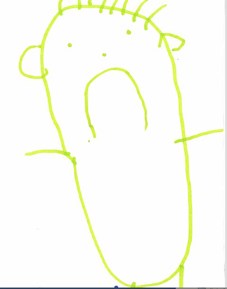Red Flags
Red Flags typically refer to features that may suggest serious life threatening disease such as malignancy (leukaemia), infection (septic arthritis or osteomyelitis or rheumatic fever or tuberculosis) or non-accidental injury. We also include features that may suggest inflammatory joint or muscle disease. More information about these red flag conditions are available (please see sub-menu).
Guidelines are available:
- Suspecting Cancer in Children - National Institute for Health and Care Excellence (NICE)
- Fever in young children - NICE
- Suspecting Non-Accidental Injury in Children - NICE
- Acute Rheumatic Fever - New Zealand
Key red flags include:
Malaise and / or systemic upset (e.g., fever, reduced appetite, weight loss, sweating, lethargy, pallor, lymphadenopathy, organomegaly) are consistent with malignancy or infection and also with inflammatory disease (e.g., some forms of juvenile arthritis and multisystem inflammatory diseases such as vasculitis).
Night pains - not responsive to simple (e.g., paracetamol [acetaminophen] or ibuprofen) analgesia; persistent as opposed to intermittent pain is more worrying.
Myoglobinuria – “coca-cola coloured" urine, a sign of muscle destruction.
Bone pain - often described as deep and throbbing in nature. Usually located in bones rather than joints.
Acute joint pain - often severe and inconsolable, can be a feature of infection (septic arthritis or reactive arthritis or osteomyelitis), especially if involving a single joint. Acute crystal arthropathy is rare in children; it can occur in some ethnicities (e.g., such as Maori, Aboriginal children or those with Polynesian descent). Acute and migratory joint pain, often of the lower limbs, is typical of Acute Rheumatic Fever.
Bony tenderness - on examination and may occur with inflammatory conditions, infection and malignancy.
Behavioural change (e.g., irritability, poor sleep) - consistent with inflammatory conditions, malignancy or infection.
Swollen joint(s) - may be subtle or difficult to appreciate on examination, especially if symmetrical changes and in young children where the history can be vague.
Incongruence in history, presentation and examination findings – always consider possibility of non-accidental injury, child abuse (also known as safeguarding concerns).
More information about specific conditions is available in the swollen joints module.


